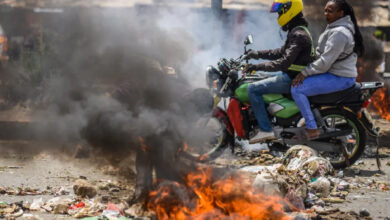Luba spear, the ceremonial blade of authority in the ancient Luba empire of Central Africa

They expanded their influence by conscripting other client states through strategic alliances and war campaigns. In order to symbolize this state authority, the overlords began using insignia and symbols that identified them. This demonstrated the remarkable influence of art and creative practices in the political system of the Luba and Lunda states.
These decisions governing the artistic practices in the twin states were made by the council, which consisted of the custodians of the sacred kingship. When the model of governance in Luba stood against external aggression and succeeded, the council decided to settle on statecraft that distinguished them from other states and their imperial rule. They adopted the Luba-style regalia, which came in the form of a spear comprising of copper ribbon and a male figure.
Anyone who handled the spear was seen as the custodian of the twin state. The Luba regalia legitimized power and the royal bloodline in the Lunda, Kuba, and Luba states, according to met museum. This regalia held sway in parts of northern Angola, northwestern Zambia, and the southern Democratic Republic of Congo.
The influence of Luba compelled little smaller states to join the alliance. Those who found their model of governance attractive infused it into their system, according to Liverpool museums. These smaller states paid tribute to the Luba Empire in the form of goods and labor, and in return, were enlisted into the royal lineage. They pledged allegiance to the sacred Luba ancestors as their own and adopted the customs, traditions, and insignia of the Luba state.
Historically, the rulers of the Luba state trace their ancestry to the mythic Kalala Ilunga, a legendary hunter who is celebrated for overthrowing an autocratic ruler by the name, of Nkongolo; he is credited for the formation of Luba culture. In their custom, Luba kings were perceived as divine and accorded the status of deities when they died. The villages they reigned over were regarded as living shrines and were devoted to their legacies. Such landmarks were dotted all over the Luba state.
There were designated individuals and groupings, like the mbudye association who recorded oral histories on these sites for the benefit of future generations and the ruling class. Kalala Ilunga is also regarded for introducing the art of iron smelting among the Luba people.
It is believed he was instrumental in the forging of the iron axes and spears which have become important symbols of the Luba people. Some characteristics of the iron used by the royal court were adopted from some of the client states.
Source: face2faceafrica.co





